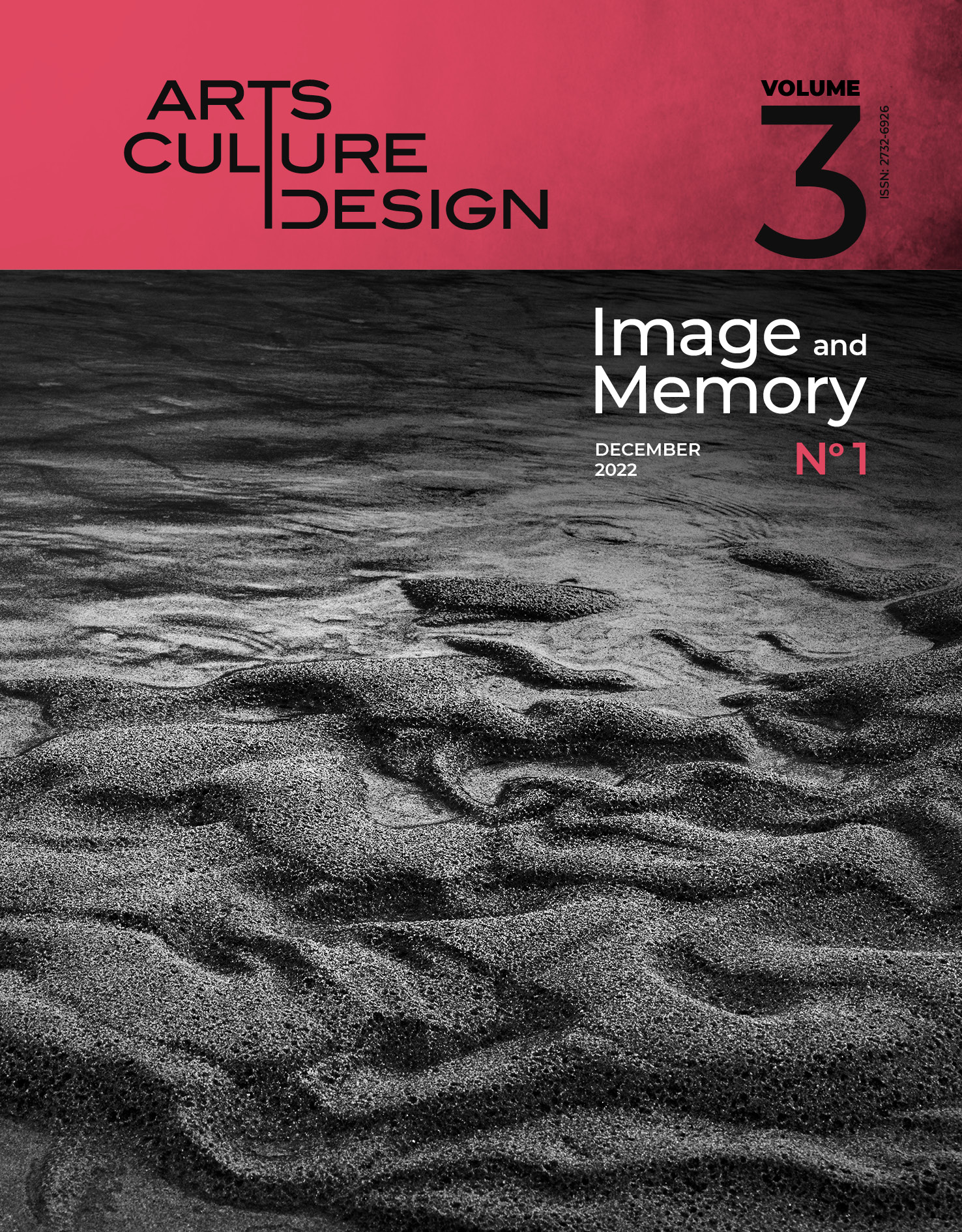FROM CAMERA AS PART OF THE BODY, TO CAMERA – THE BODY PART

Abstract
The digital world is where 3.4 billion people communicate via digital images through social media. On average, each one of us spends 6 hours each day in front of a screen. The digital images rapidly appearing and disappearing under our scrolling fingers shape our perception, time and body movements, brain structure, and responses in a complex neurological way. The camera enables the formation of our identity, social development, aesthetic value, and cultural participation. Without this camera image, one is isolated, unable to speak. Moreover, without storage where we save images, we are exempt from personal history, narratives, and memory. Once we integrated a camera into the smartphone, we produced an extra organ. With the Orion visual cortical prosthesis medical study that implants a camera into the eyes to restore vision, face emotional surveillance project VibeCheck, and BeAnotherLab software, swooping through virtual reality the bodies, this article follows the socio-philosophical and technological shifts through the history of the camera and photography in object production, body perception, their definition, interaction, and final merge between body and camera object. Through the reference of the theoretical works of Roland Barthes, Maurice Merleau-Ponty, Karen Barad and Tim Ingold, the article follows how we have produced camera images through time and how camera images have been producing us. The camera transforms from a separate room or device to a prosthetic/inherent part of the body, without which the body is not fully functional. Today, a person without a phone camera is marginalized and handicapped. The deficit of not having an image-generating tool turns out to be a sensual deprivation, social limitation and discrepancy in identity.
Article Details
- How to Cite
-
Dimitrijevič, D. (2023). FROM CAMERA AS PART OF THE BODY, TO CAMERA – THE BODY PART. Design/Arts/Culture, 3(1), pp. 66–72. https://doi.org/10.12681/dac.31361
- Section
- Articles

This work is licensed under a Creative Commons Attribution-NonCommercial-ShareAlike 4.0 International License.
The copyright for articles in this journal is retained by the author(s), with first publication rights granted to the journal. By virtue of their appearance in this open access journal, articles are free to use (with the exception of the non-granted right to make derivative works) with proper attribution for non-commercial uses (licence Creative Commons 4.0). EKT/NHRF retains the worldwide right to reproduce, display, distribute, and use articles published in DAC in all formats and media, either separately or as part of collective works for the full term of copyright. This includes but is not limited to the right to publish articles in an issue of the Journal, copy and distribute individual reprints of the articles, authorize reproduction of articles in their entirety in another EKT/NHRF publication, and authorize reproduction and distribution of articles or abstracts thereof by means of computerized retrieval systems.
DAC journal considers all submitted artwork on the condition author(s) confirm that third-party intellectual property rights are not violated in any way.
Author(s) are responsible for securing permissions to publish copyrighted material, such as photographs and other artwork and for paying any fees involved. Production of an article will not begin until the editor has received all relevant permissions.
The copyright for published articles in Design | Arts | Culture is retained by the author(s). By virtue of their appearance in this open access journal, articles can be used freely, with proper attribution, for educational and other non-commercial purposes.


